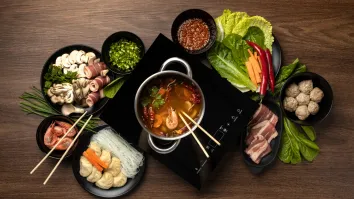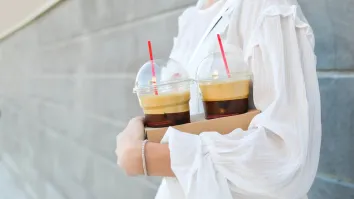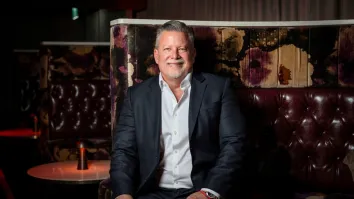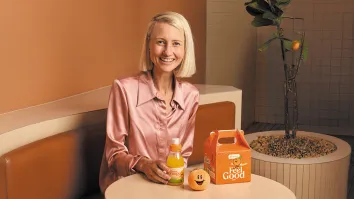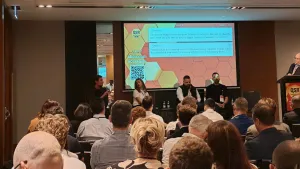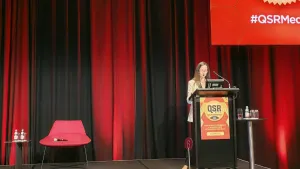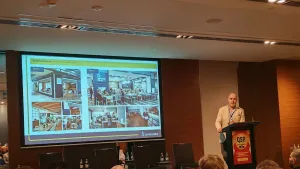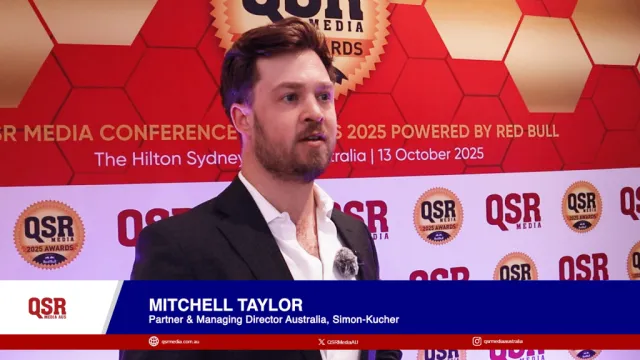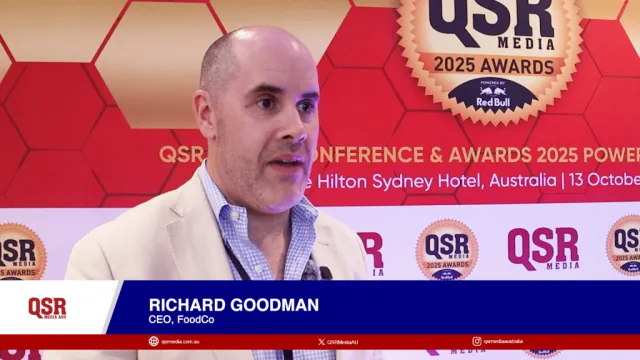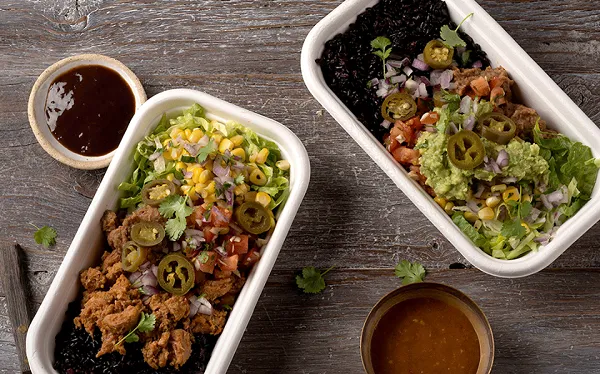
Here's Why More Customers Are Chowing Down Personalised Meals
Gone are the days when diners have no choice but select from a predetermined set of menu. Increasingly, QSR chains are letting their customers personalise their orders, from the leafy salad they want to chow down to the jelly they want in their drinks. This trend of personalised meals is catching on as brands begin to feel stronger demand and higher satisfaction among customers that want to have a hand on what they eat or drink.
At Zambrero, for example, customers can personalise their Mexican meals by mixing and matching ingredients as well as signature sauces of their choice with assistance from trained staff.
“We are all about giving customers choice and flexibility,” says Karim Messih, CEO at Zambrero, “which includes bringing creative innovation to the market with the goal of enhancing the customer’s Mexican food experience, which can be personalised to their taste or dietary requirements.”
“The feedback we have received from customers is overwhelmingly positive – they particularly enjoy the flexibility and variety given by choosing their own sauce every time,” he adds.
Messih says the sauces are different enough that customers tend to have strong favorites, and this also paves the way for many interesting meal combinations.
“The versatility and nuances of the sauces means customers can pair them with any of the toppings to create a flavourful experience,” he says, but also assuring that customers that become indecisive get help from the staff on tried-and-tested combinations.
“Our knowledgeable restaurant team members are always on hand to help direct customers towards perfect pairings such as the Red Chilli sauce, a sophisticated fusion of peaches, ginger and chili, with our spiced pork,” says Messih.
Chef designed or personalised?
Despite its growing appeal and purported boons, the personalised meal trend is not a magic bullet for QSR chains. Each business still needs to see whether introducing the option of personalisation makes sense for their model, menu line-up, supply chain and customer profile. This will often reveal the right balance between fixed chef designed meals and adjustable personalised meals.
“When you’re looking at creating a chef designed or customisable menu, you have to weigh up what’s going to result in the highest quality food and the best experience for your guests,” says Mark Hawthorne, CEO at Guzman Y Gomez (GYG). “They don’t have to be mutually exclusive — at GYG we do both,”
He explains that GYG’s menu – which includes popular fares like guerrero marinades to corn chips and guacamole – has been designed by their chef and director of culinary, and is heavily inspired by authentic Mexican recipes, flavours, and cooking techniques. But even if already made delicious, these meals can be tweaked to better suit the customer’s palate.
“We want our guests to be able to put a little personality into their order so we designed the menu to be completely customizable,” says Hawthorne. “You can add or remove anything that you want to make your meal exactly the way you like it: vegan, vegetarian, dairy free or gluten free — you decide!”
At Soul Origin, personalisation is also embraced, as reflected in the brand’s policy of allowing customers to choose up to 3 different salads in one regular size serving, allowing for a different combination every day for more than 3 weeks.
QSR chains are becoming more mindful that customers are more discerning with every ingredient in their meals. There are two schools emerging: Customer personalized meals and chef designed menus, with the former providing customers with the satisfaction of choosing their food sometimes down to the dressing, while chef designed menus
“We offer chef designed menus that can be personalised by our customers,” says Chris Mavris, general manager at Soul Origin.
“Soul Origin understood from day one that the consumer comes first, hence why we have such a huge range over 20 salads and a dozen bread based items,” he adds. “We offer a large variety of products so there is someone for every customer. We have 2 chefs constantly reimagining flavours to best reflect our ‘Eat Mindfully’ belief and a nutritionist to influence our menu.”
Technology, consistency, and quality
When comparing chef designed menus versus personalized meals, “both formats have their strengths and weaknesses,” says Fernando Pimentel, global marketing manager at The Coffee Emporium.
“Personalisation comes with a cost as QSRs need to be flexible enough to adapt to consumers' ever-changing preferences. Chef designed menus, on the other hand, offer QSRs a higher degree of control over the menu being served. This can be easier from an operations point of view, but more predictable and boring from a consumer point-of-view.”
Pimentel reckons personalisation a natural step for many QSRs who are willing to add value to the overall dining experience, especially amid stronger competition for customer wallets. A critical success factor for QSRs adopting the personalised menus is to employ the right technology so the process can be streamlined and the customers will find it easy to operate.
Meanwhile, chef designed menus need convey consistency and quality in every signature dish so that customers keep coming back for more.
“It really comes down to understanding which model offers a better fit for the brand and if consumers will value this model,” says Pimentel, sharing that The Coffee Emporium has chosen to focus on a hybrid approach: Designing high quality food menus for its coffee shops while taking into consideration key differences based on demographics and location.
Carlos Antonius, general manager at Chatime, says the chain takes a similar approach of offering some personalization while keeping selections in the menu consistent.
“We take a ‘best of both worlds’ approach,” says Antonius. “We have a range of carefully-created drinks that customers can then personalise by adding a selection of mix-ins, such as rainbow jelly, as well as selecting their preferred levels of ice and sugar.”
At Chatime, the level of sugar and ice selected determines how the drink is made, but staff are trained to ensure the best possible taste is obtained whatever combination the customer prefers.
“For example, if a customer orders a drink with lots of ice, the extra ice will mean there’s less actual drink and therefore the percentage of sugar added needs to be adjusted, to ensure the drink doesn’t become overly sweet,” says Antonius.
Photo credit: Zambrero Facebook page




